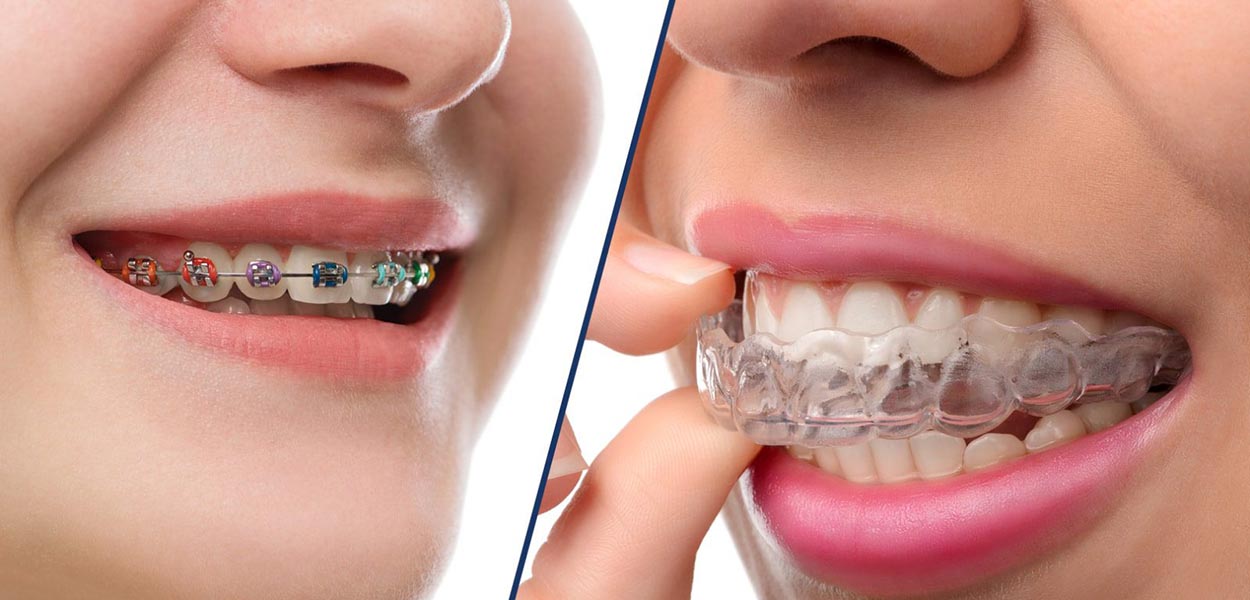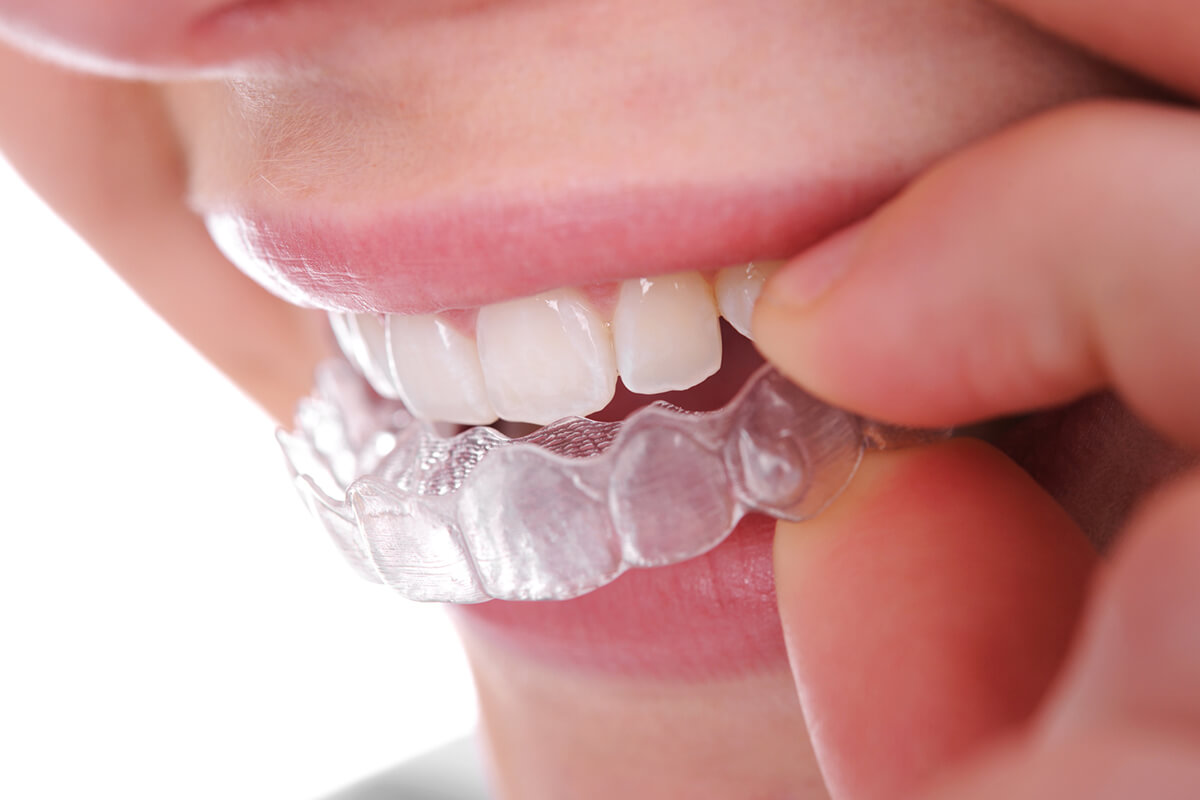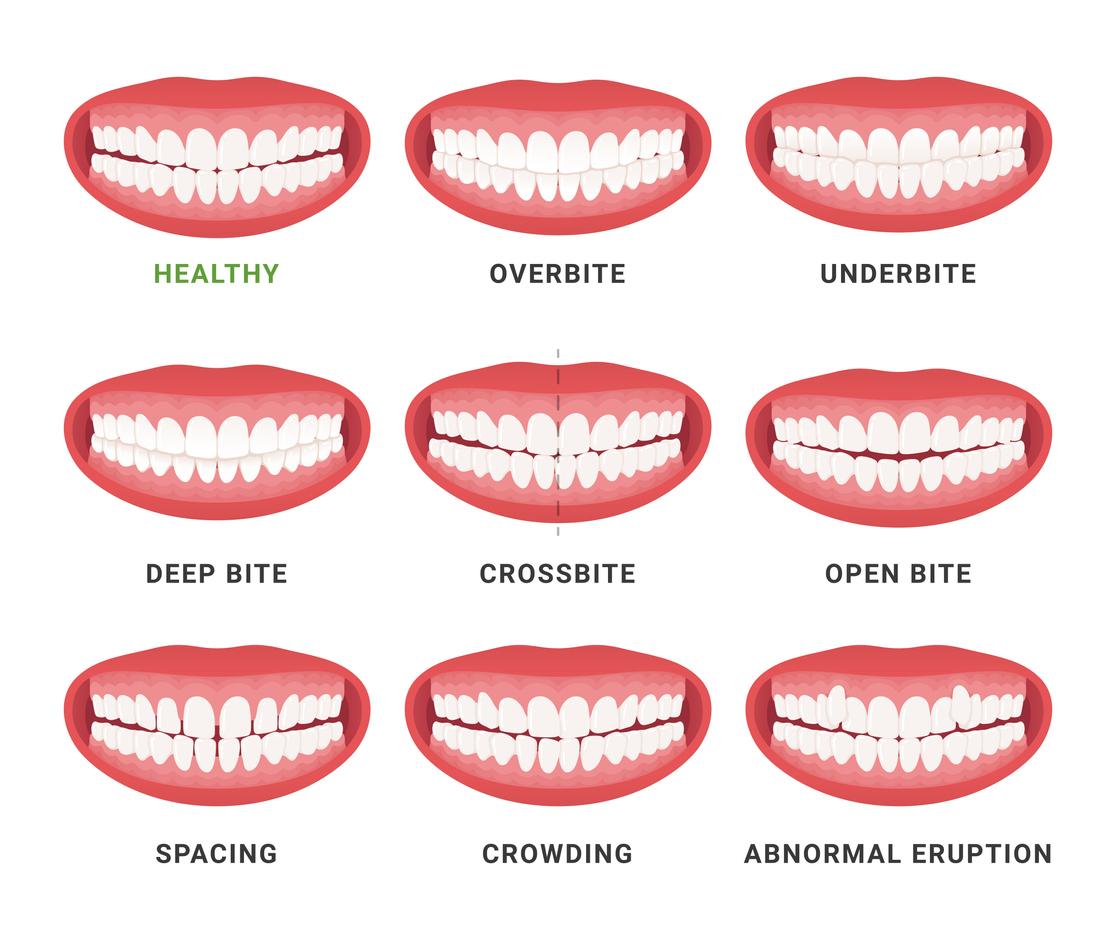Maintaining Oral Health While Making Use Of Invisalign: Tips for a Smooth Experience
Maintaining Oral Health While Making Use Of Invisalign: Tips for a Smooth Experience
Blog Article
Invisalign vs. Traditional Braces: Which Option Is Right for You?
When thinking about orthodontic therapy, the option between Invisalign and traditional dental braces provides a number of vital aspects that warrant cautious examination. Invisalign uses a discreet alternative with detachable aligners, while traditional dental braces offer a more noticeable yet reliable solution for extreme imbalance. Each option includes distinct benefits and disadvantages related to aesthetic appeals, comfort, treatment period, and cost. Understanding these subtleties is important for making a notified choice that straightens with your personal preferences and lifestyle. The question remains: which option will ideal satisfy your orthodontic requirements and assumptions?
Introduction of Therapy Options

On the other hand, standard braces include metal braces and cords that are bound to the teeth. This approach applies continual stress in time to accomplish placement. While efficient for complex orthodontic problems, standard dental braces call for routine visits for modifications and can pose difficulties in keeping dental hygiene as a result of the difficulty of cleaning about brackets and wires.
Both choices have their merits, and the selection usually rests on particular dental problems, way of living choices, and person compliance. Eventually, speaking with an orthodontic professional is crucial for figuring out the most appropriate treatment strategy tailored to individual demands. Recognizing the subtleties of each option can considerably influence the total success of orthodontic therapy.
Aesthetic Factors To Consider
A significant aspect affecting the choice between Invisalign and traditional dental braces is the aesthetic appeal each treatment supplies. Invisalign aligners are crafted from clear plastic, making them virtually undetectable when put on. This very discreet look is especially appealing to adults and teenagers that might really feel awkward regarding their orthodontic therapy. The ability to keep an all-natural smile throughout the positioning process can considerably boost the individual's confidence in social and expert setups.
In comparison, standard dental braces consist of metal braces and cords, which can be much more noticeable. While advancements in orthodontic innovation have actually brought about the growth of smaller brackets and tinted elastics, conventional dental braces still maintain an even more conspicuous account. For some people, the presence of dental braces might discourage them from looking for necessary therapy.
Eventually, the option between Invisalign and standard dental braces may rest on personal preferences regarding visual appeals. Patients that prioritize discernment typically lean towards Invisalign, while those who are much less concerned concerning presence may opt for traditional braces. Understanding the aesthetic effects of each option is essential for making a notified choice that straightens with one's lifestyle and choices.
Comfort and Convenience

In terms of ease, Invisalign aligners are removable, making it possible for people to appreciate their preferred foods without limitation and maintain optimum oral health. Cleaning and flossing are simplified, as the aligners can be gotten throughout these routines, whereas conventional dental braces call for careful navigating around cords and braces.
In contrast, conventional dental braces demand normal adjustments, making them much less hassle-free for those with hectic routines. Overall, the comfort and comfort of Invisalign make it an appealing choice for numerous people looking for orthodontic treatment.
Treatment Period and Performance
While both Invisalign and standard braces are reliable in dealing with dental misalignments, the period of therapy can differ substantially between the two alternatives. Usually, Invisalign treatment can take anywhere from 12 to 18 months, depending upon the complexity of the situation. The clear aligners work by gradually changing teeth into their desired placements, and normal follow-ups with an orthodontist assistance make certain progression remains on the right track.
On the other hand, standard dental braces often require a longer commitment, generally varying from 18 months to 3 years. This is because of their set nature and using braces and cords, which can be more effective for intricate situations and extreme imbalances (Invisalign). The treatment effectiveness of traditional braces is well-documented, as they enable accurate adjustments and better control over tooth activity
Eventually, the choice between Invisalign and standard braces may rest on both the expected treatment period and the certain oral issues available. Consulting with an orthodontist is essential, as they can offer customized suggestions based upon private needs, making certain the picked method lines up with wanted end results and durations.
Price Comparison and Insurance Coverage Alternatives
Price plays a substantial function in the decision-making procedure for people thinking about orthodontic therapy, whether opting for Invisalign or traditional braces. Generally, the cost of Invisalign ranges from $3,000 to $8,000, while typical braces usually set you back between $2,000 and $6,000. Elements influencing these prices consist of the complexity of the situation, the duration of treatment, and geographical place.
Many oral insurance coverage strategies offer partial insurance coverage for orthodontic treatments, yet the specifics can vary commonly. Typically, standard dental braces may be more often covered by insurance coverage strategies contrasted to Invisalign, which some insurance providers classify as official website a cosmetic treatment.
In addition, numerous orthodontic practices offer versatile repayment strategies, making both treatment options much more available. Clients must ask about possible funding choices and discount rates for in advance payments. Evaluating the complete cost, including insurance policy benefits and payment plans, is vital for making a notified choice that lines up with both aesthetic choices and budget plan considerations.

Conclusion
In recap, the option in between Invisalign and typical dental braces depends upon several elements, including aesthetic preferences, comfort, treatment period, and expense. Invisalign offers a discreet, detachable choice that facilitates dental health and nutritional flexibility, while traditional braces may be better for complex dental problems and usually come with a lower price point. Ultimately, consultation with an orthodontist is vital to evaluate specific circumstances and click determine one of the most suitable therapy option for accomplishing optimum oral alignment.
When taking into consideration orthodontic treatment, the option between Invisalign and conventional braces presents several crucial elements that merit mindful examination.Contrasting Invisalign and traditional braces discloses unique treatment options for orthodontic modification.While both Invisalign and traditional braces are effective in correcting dental imbalances, the duration of therapy can differ considerably in between the two options.Price plays a considerable function in the decision-making process for people thinking about orthodontic treatment, whether choosing for Invisalign or conventional dental braces.In recap, the selection between Invisalign and conventional braces pivots on several factors, consisting of aesthetic preferences, convenience, treatment period, and expense.
Report this page